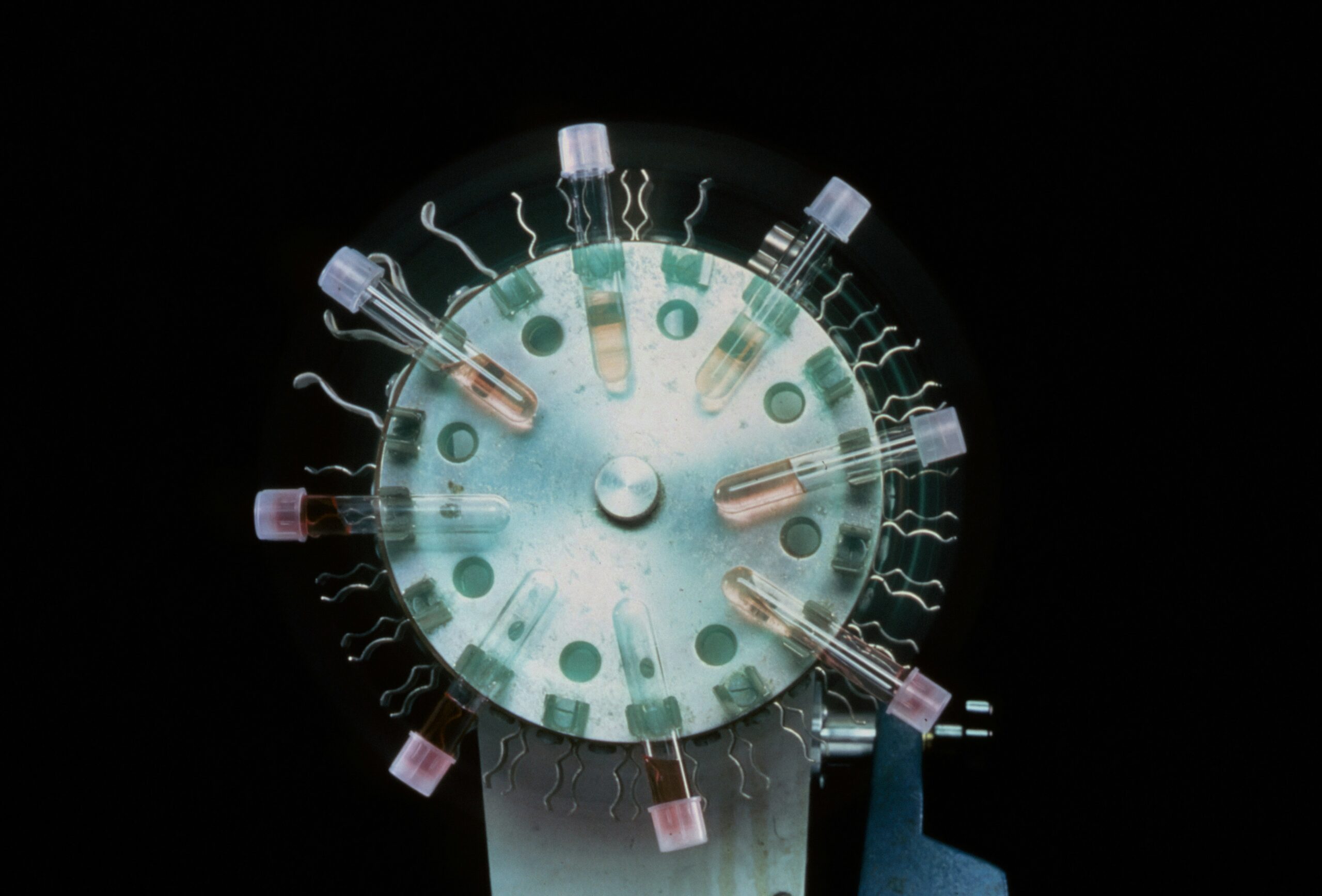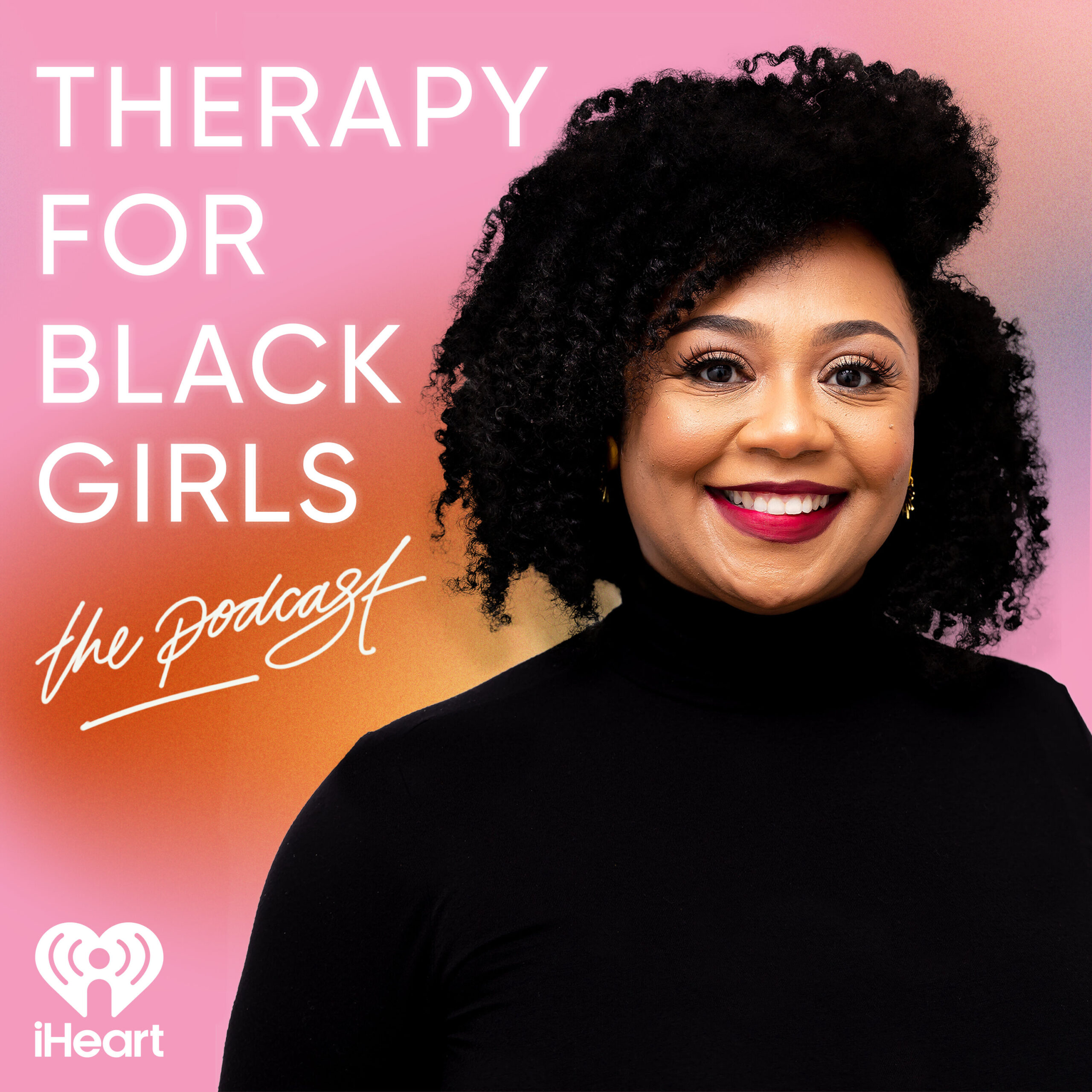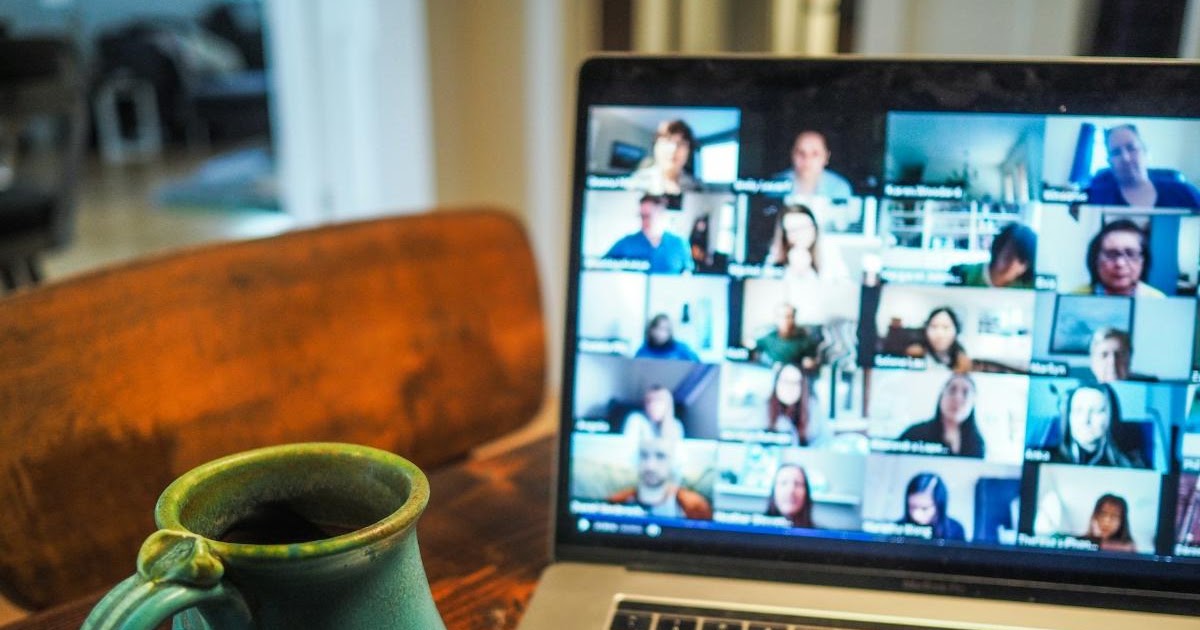The researchers acknowledged limitations. Without a randomised control group, they can’t rule out other explanations for the observed improvements. The self-selected sample skewed highly educated and internet-connected, and the study did not assess how long the effects last.
Still, the results suggest potential for accessible, low-cost mental health strategies. The team is planning a randomised controlled trial and hopes to test the program’s long-term effects and physical health outcomes.
“We want to understand how to make well-being practices more accessible, sustainable, and tailored to people’s needs,” Guevarra explained. “Another goal is to personalise the experience so people can discover which strategies work best for them, based on their goals or life context.”
“In the long run, we hope to implement these low-effort, science-backed practices in real-world settings like schools, workplaces, and health care systems, places where a small boost in well-being could make a big difference.”
“This study is a great example of how science and storytelling can come together,” Guevarra added. “The Mission: Joy film sparked curiosity and emotional connection, and the Big Joy Project gave people a practical way to take action. Our hope is that anyone who watches the film or tries the project walks away feeling a little more empowered to build joy in their own life and maybe spread a bit of it to others, too.”










